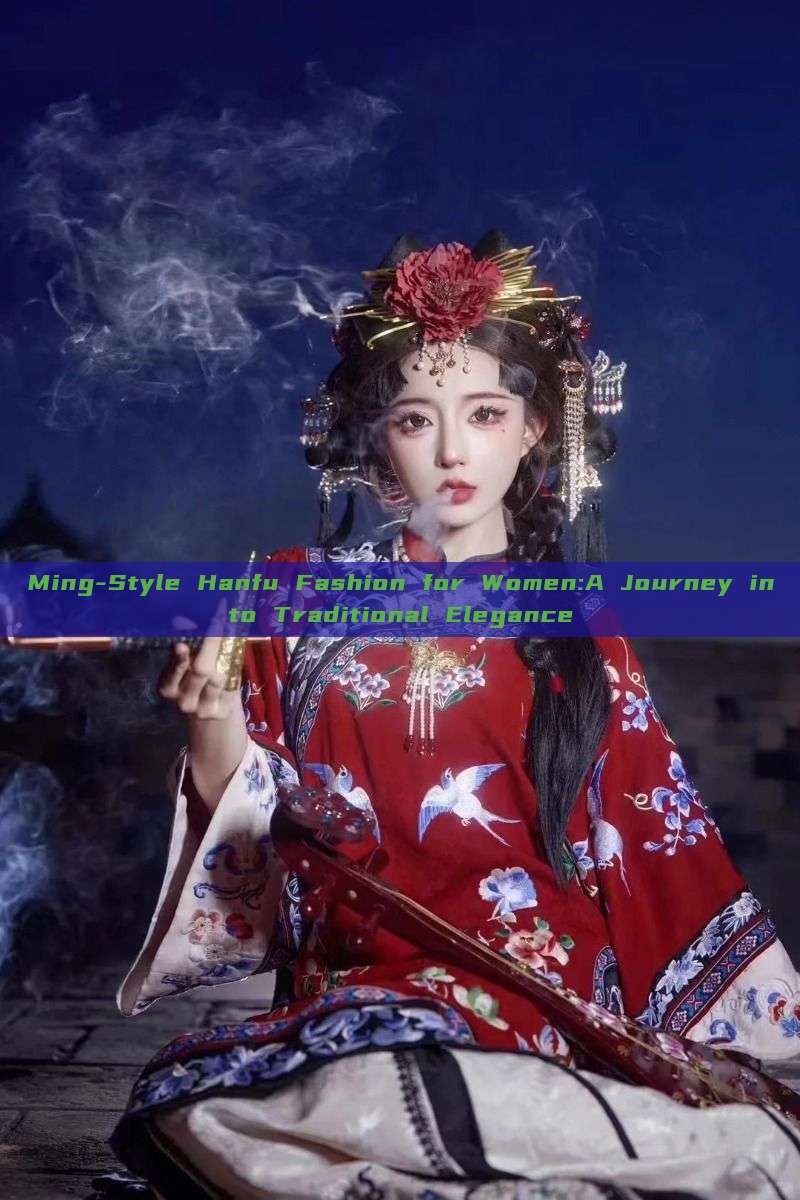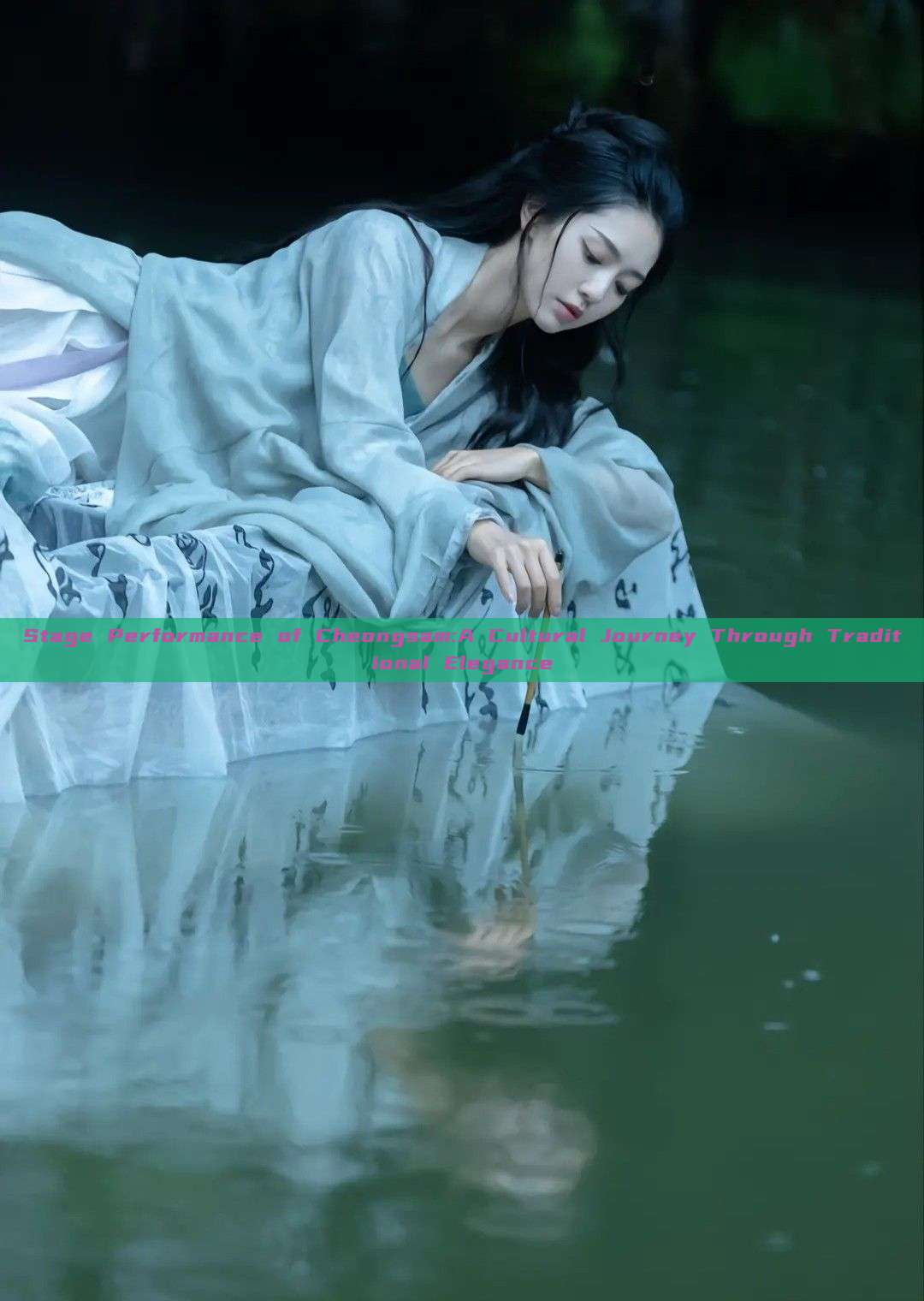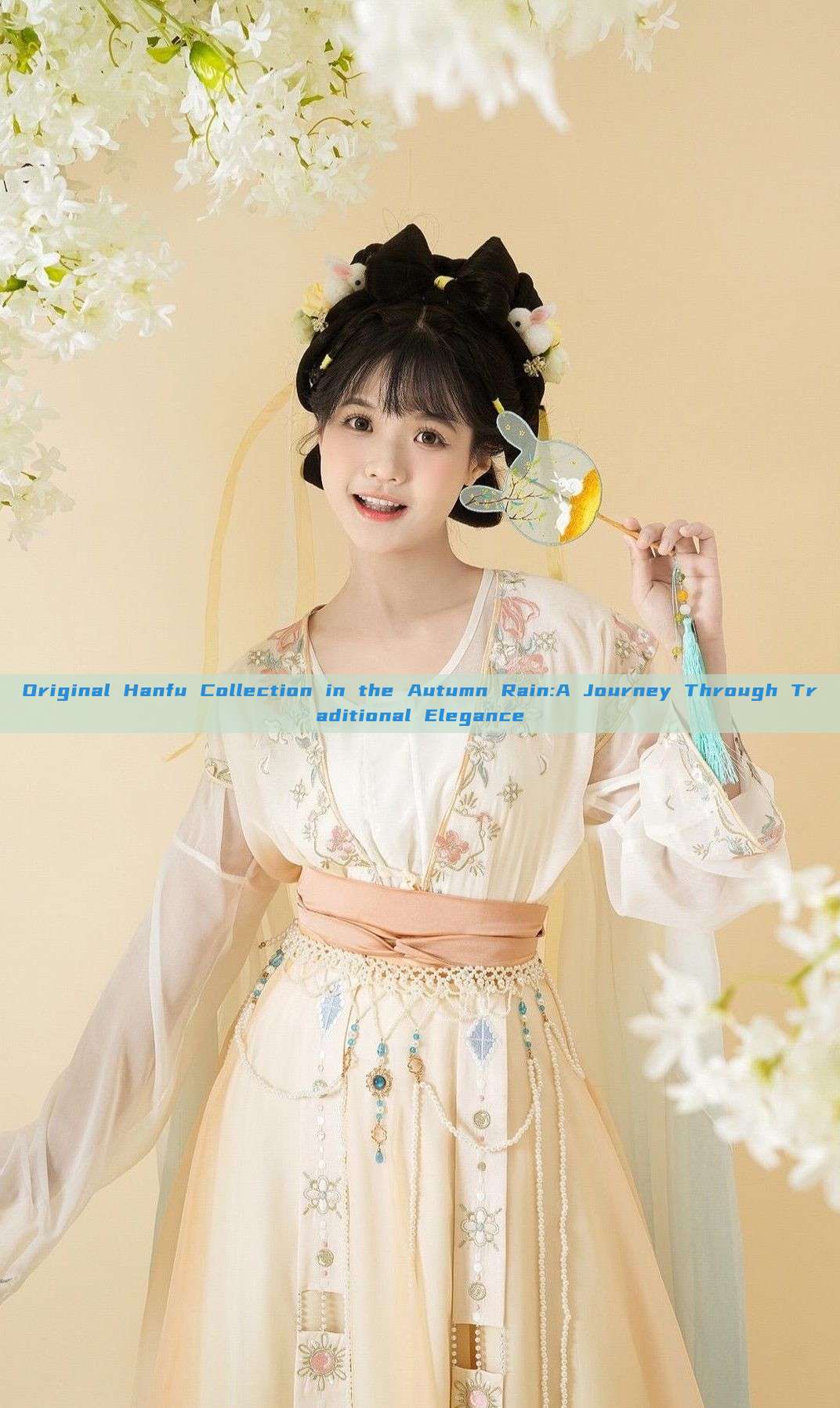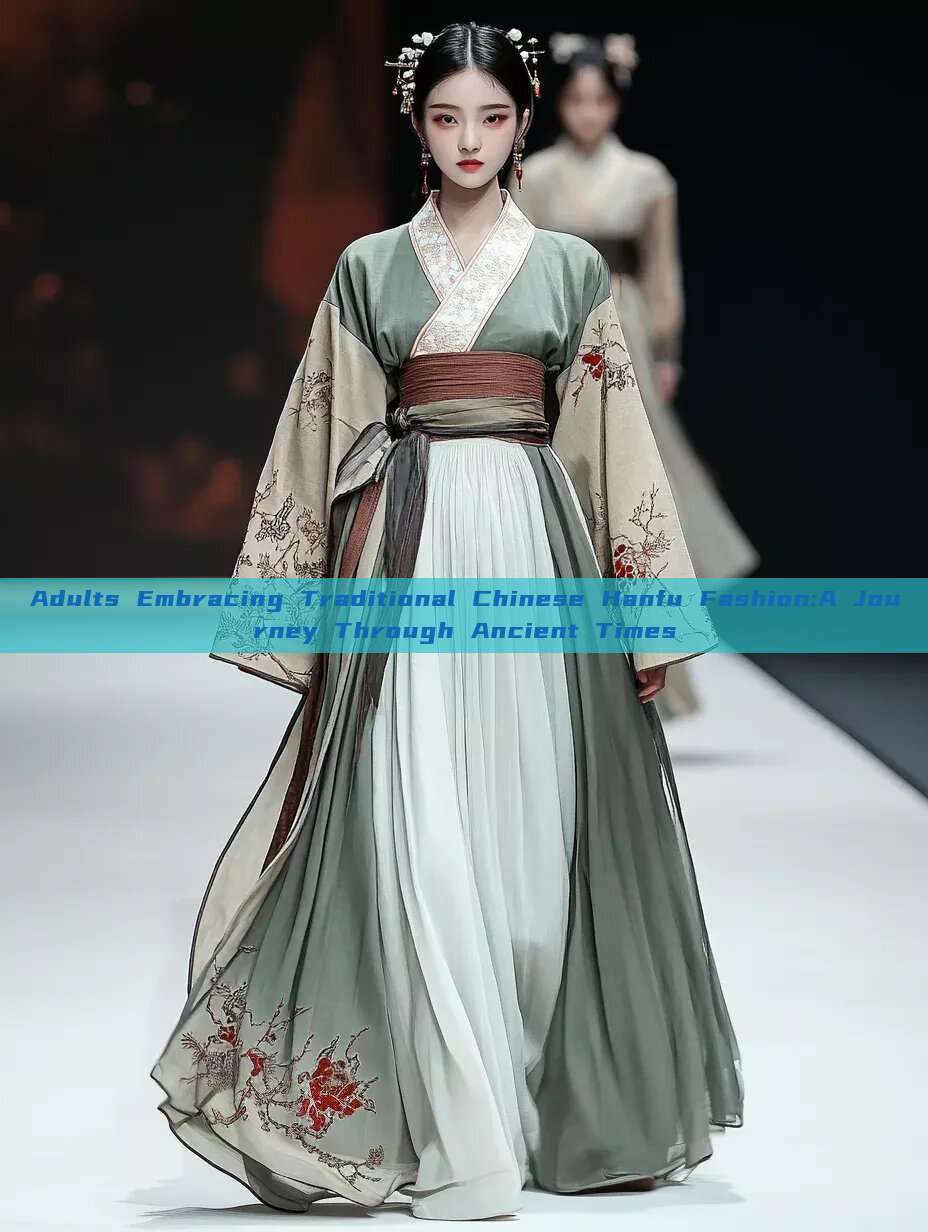Article Content:

Ming-Style Hanfu Fashion for Women: A Journey into Traditional Elegance
In the tapestry of Chinese historical fashion, the Ming-style Hanfu stands out as a testament to the rich cultural heritage and craftsmanship of China. Specifically tailored for women, this traditional attire embodies a blend of elegance, simplicity, and sophistication.
The term "Hanfu" refers to a type of traditional clothing that dates back to the Han dynasty (206 BC – 220 AD), and it has undergone various transformations throughout history. The Ming dynasty (1368-1644), known for its cultural prosperity and artistic advancements, left a profound impact on Hanfu fashion. The Ming-style Hanfu for women was a perfect blend of traditional elements with contemporary designs, making it both comfortable and fashionable.
The core components of Ming-style Hanfu for women include the robe, the jacket, the skirt, and various accessories. The robe, usually made of silk or other luxurious materials, is characterized by its loose yet graceful cut. It flows gracefully over the body, emphasizing the natural curves of the wearer. The jacket, often short-sleeved and buttoned up to the neck, provides a contrasting element to the robe, creating a balance between movement and structure.
The skirt, usually quite long and made of multiple layers of fabric, dances around the wearer with every movement, creating a mesmerizing visual effect. It is often adorned with intricate patterns and embroidery, reflecting the craftsmanship and artistic sensibility of the era.
The accessories are an integral part of the ensemble, adding a touch of elegance and finishing to the outfit. These may include jewelry like necklaces, earrings, bracelets, and rings, often made of precious metals and gemstones. Fans and umbrellas were also common accessories that not only served a practical purpose but also added to the overall aesthetic of the outfit.
The colors and patterns used in Ming-style Hanfu for women were often symbolic and reflected the wearer's status and preferences. Bright colors like red, green, and blue were often used in combination with intricate patterns like floral designs or geometric shapes. The use of contrasting colors and patterns created a vibrant and dynamic visual experience.
The craftsmanship involved in creating Ming-style Hanfu was highly skilled and involved various techniques like embroidery, beading, and weaving. These techniques were passed down through generations and were considered an integral part of Chinese cultural heritage. The attention to detail and the use of high-quality materials made these outfits not only beautiful but also highly durable.
Ming-style Hanfu for women is not just about fashion or clothing; it is an embodiment of Chinese culture and history. It represents a blend of traditional values with contemporary designs, making it relevant even today. The popularity of traditional clothing has been rising in recent years, and the Ming-style Hanfu is at the forefront of this trend.
In conclusion, Ming-style Hanfu for women is a beautiful representation of Chinese culture and history. It embodies elegance, simplicity, and sophistication, making it a perfect choice for those who appreciate traditional fashion and culture. As we delve into this traditional attire, we embark on a Journey into the rich cultural heritage of China. (1700 words)








